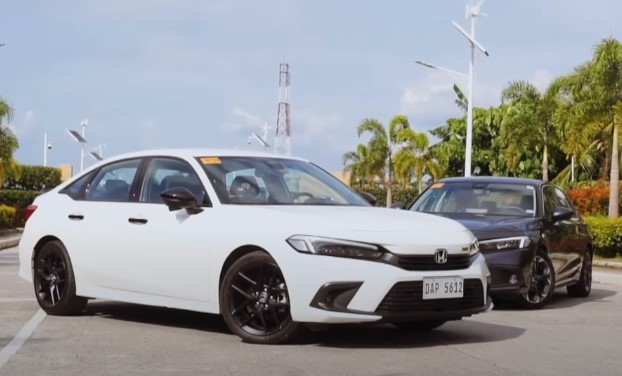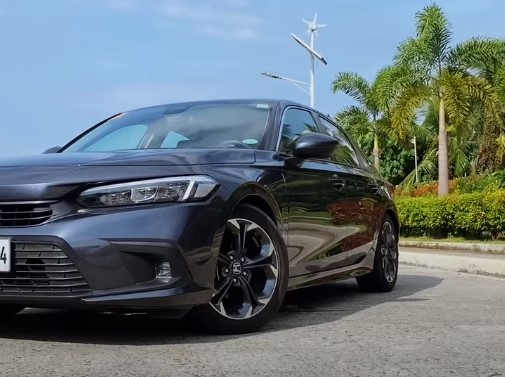Discover the financial considerations behind creating a Honda Civic, one of the automotive industry’s beloved models. This article delves into the key factors influencing production costs, from research and development to manufacturing processes.
Gain insights into the pricing mechanics that make this iconic car accessible to a wide range of consumers.
How Much Does It Cost to Make a Honda Civic?
The actual cost to manufacture a Honda Civic can vary depending on factors such as location, labor costs, materials, and technological advancements. Typically, for an automaker, the manufacturing cost of a compact car like the Honda Civic could range from $15,000 to $22,000 per unit.
Factors That Affect the Overall Cost of Manufacturing a Honda Civic
Creating a Honda Civic involves a complex interplay of multiple factors that significantly influence the overall production cost.
From the initial stages of research and development to the final assembly line, several key aspects come into play, shaping the financial considerations behind one of the automotive industry’s most popular models.

Research and Development
The first crucial stage in manufacturing a Honda Civic is the research and development (R&D) phase. This process involves extensive engineering, design, and testing to develop a vehicle that meets the company’s standards and customer expectations.
R&D expenses can be substantial, as Honda invests in advanced technologies, safety features, fuel efficiency, and overall performance enhancements. These upfront costs play a vital role in determining the vehicle’s final price.
Materials and Components
The choice of materials and components directly impacts the quality and cost of building a Honda Civic. To ensure durability and safety, high-quality materials, including steel, aluminum [1], plastics, and advanced composites, are used. The cost of these materials can fluctuate based on market prices and availability.
Additionally, the integration of advanced technology and features, such as infotainment systems, sensors, and driver-assistance technologies, can also affect the overall cost.
Labor and Manufacturing Costs
Labor and manufacturing costs are significant contributors to the overall expense of producing a Honda Civic. These costs can vary depending on the location of the manufacturing facility, wage rates, and the level of automation employed in the assembly process.

Honda’s commitment to efficient production techniques, coupled with economies of scale, can help manage these costs and keep the Honda Civic competitively priced.
Regulatory Compliance
Adhering to various international safety and environmental regulations is a critical aspect that impacts the overall cost of manufacturing a Honda Civic.
Meeting these stringent standards requires additional investments in safety testing, emissions control technology, and eco-friendly manufacturing processes.
Economies of Scale and Supply Chain
The principle of economies of scale plays a significant role in mass production. Higher production volumes allow for cost reductions due to efficient resource utilization and better negotiation power with suppliers.

Additionally, an optimized and well-managed supply chain can streamline logistics and reduce expenses, contributing to the overall cost-effectiveness of producing the Honda Civic.
Conclusion
The cost to manufacture a Honda Civic is influenced by research and development, material choices, labor expenses, regulatory compliance, and economies of scale.
These factors collectively determine the final price of the vehicle, making it a popular and accessible choice in the automotive market.

